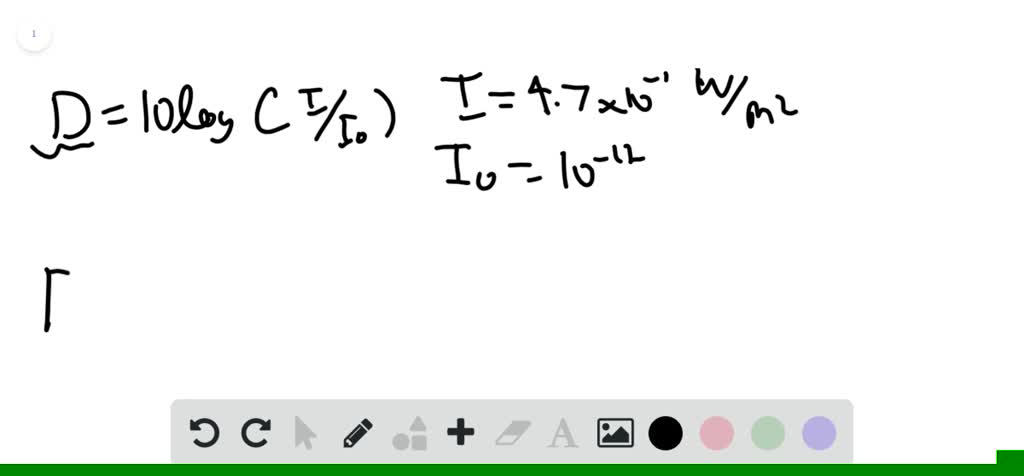

If you go to File->Set Preferences, that’s where you can enter the pixel size in microns (thus it does not vary from image set to image set unless you change it). Yes, mean intensity is the average pixel intensity within an object (integrated / area). The area is computed from the actual number of pixels in the region the perimeter is the total number of pixels around the boundary of each region in the image (so there is no ‘fitting’ of any geometrical shape for an irregular object- this is captured more in measurements like solidity and extent). Integrated intensity is the sum of the pixel intensities within an object- if you are only considering the nucleus (primary object) the integrated intensity is just the sum of the pixel intensities within this object a secondary object (such as a cell) includes the nucleus, so integrated intensity would be the sum of the pixel intensities within the nucleus and cytoplasm. Thanks a lot for making me understanding all these issues.

This is because, many a times nucleolus cant be stained with dyes like DAPI but while calculating we consider whole area against only stained parts by dye as integrated intensity?

*] Since, nucleus is having nucleolus (mostly multiple), is there anyway by which we can remove the area occupied by nucleolus so that we can get the actual Mean intensity by using refined area. *]Whats the size of the pixel considered during analysis? Is is fixed or varies from each set of images? *]How can we convert area into number of pixels and volume, if needed? *]I guess, Mean intensity is simply = integrated intensity/area? Are any geometrical shapes considered for area calculation, especially irregular shapes like cytoplasm? *]I’m also wondering, how the area and perimeter of cells are calculated. Is it that once primary & secondary objects are identified, then we simply take the pixels falling into each object and then adding the intensity of each of these pixels together to get the integrated intensity. *]How exactly, Integrated intensity is calculated? I have some basic queries to be clarified: It is seen that the error is less than 10 percent up to a ratio 2a/W = 0.5.įig.2.Im using CP for sometime now and really felt very thankful to all of you for such a great software. $$ \sigma_\right) $$įor comparison, two ratio between the two functions are shown in Fig.2.17. Solution Equations (2.27) and (2.28) can be rewritten as
Intensity equation crack#
One of such method is due to Westergaard, who introduced the following stress function,įig.2.10 A crack of length 2a in an infinite plateĮxample 2.4 Estimate the relative size of the singularity dominated zone ahead of a through crack in an infinite plate subjected to remote uniaxial tension.
Intensity equation cracked#
A cracked body in reality can be loaded in any one of these three, or a combination of these three modes.įig.2.9 Basic modes of crack extension (a) opening mode, (b) sliding mode, and (c) tearing mode.īy means of various techniques, the stress, strain, and displacement fields associated with a crack embedded in an elastic solid can be solved analytically. The difference between Mode II and Mode III is that the shearing action in the former case is normal to the crack front in the plane of the crack whereas the shearing action in Mode III is parallel to the crack front. Mode I corresponds to normal separation of the crack faces under the action of tensile stresses, which is by far the most widely encountered in practice. As shown in Fig.2.9, the three basic modes are: opening (mode I), in-plane shear (mode II) and out-of-plane tearing (mode III). Before proceeding to consider the stress analysis of cracked bodies, it is important to distinguish basic "modes" of stressing.


 0 kommentar(er)
0 kommentar(er)
